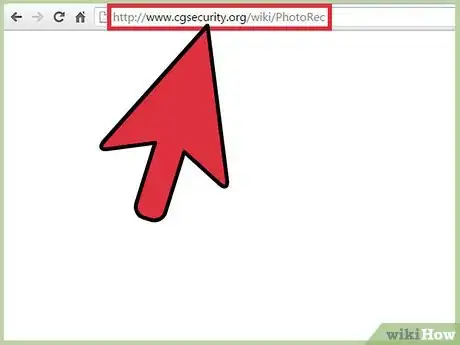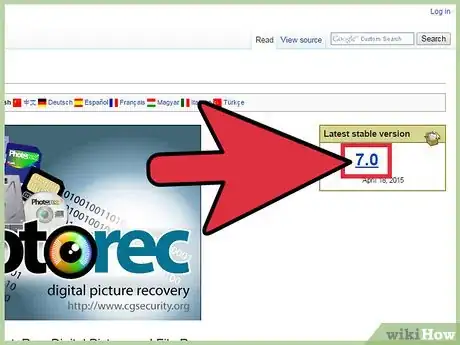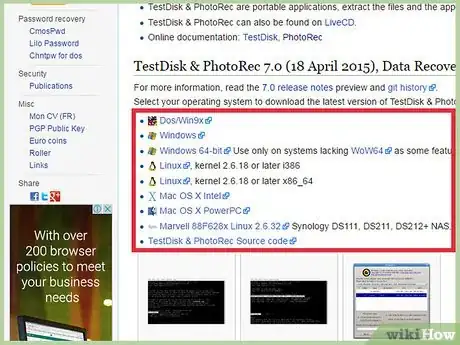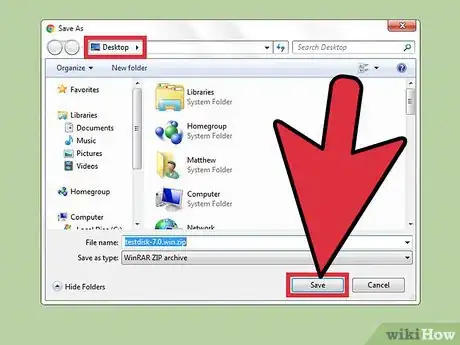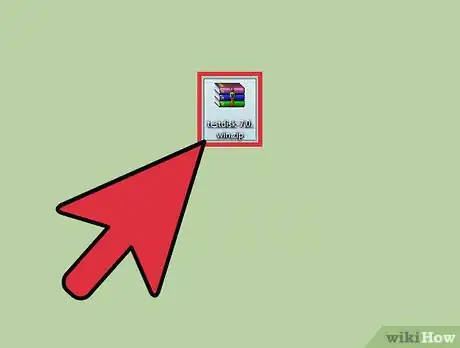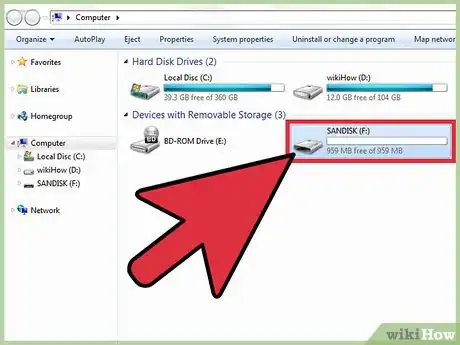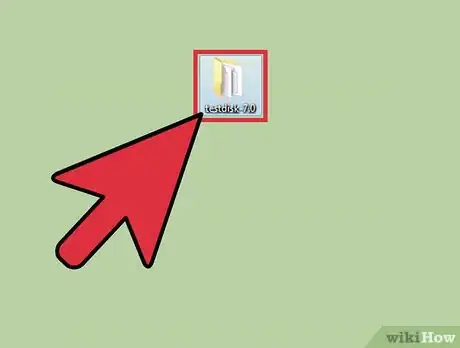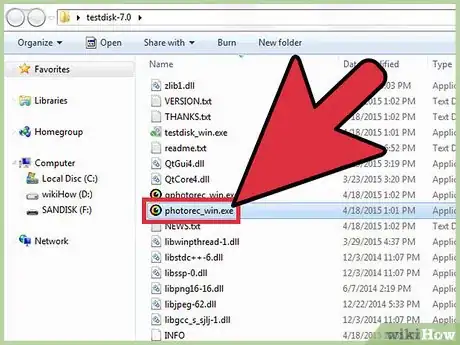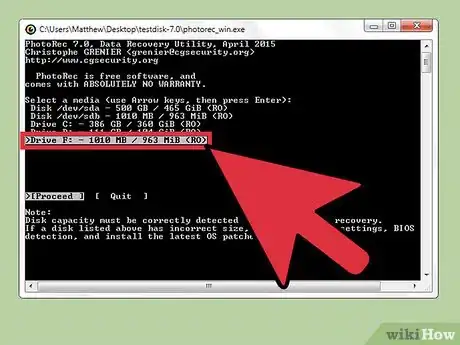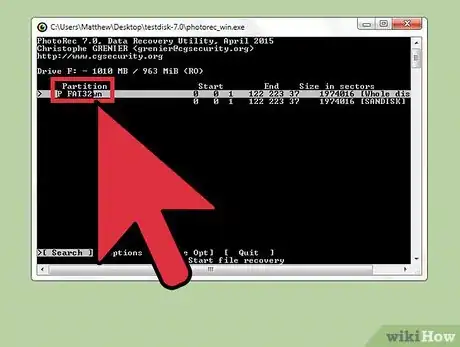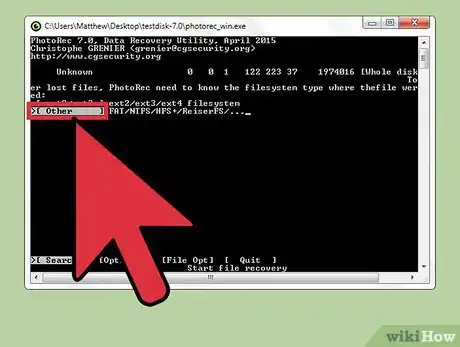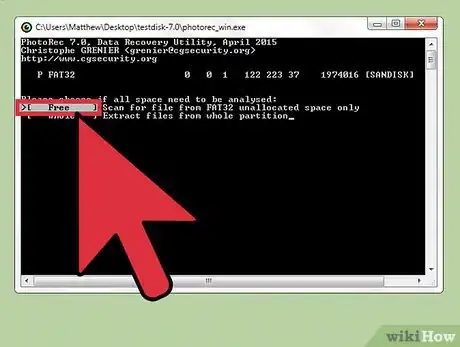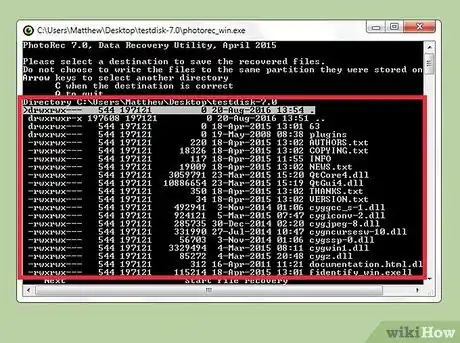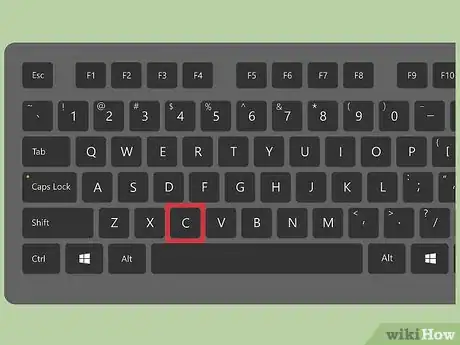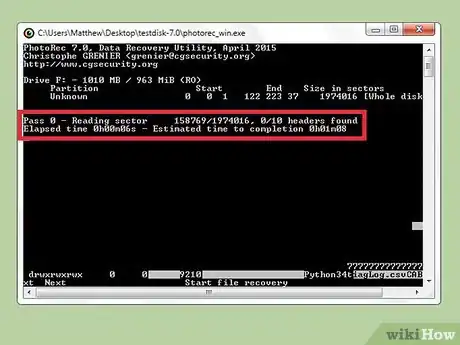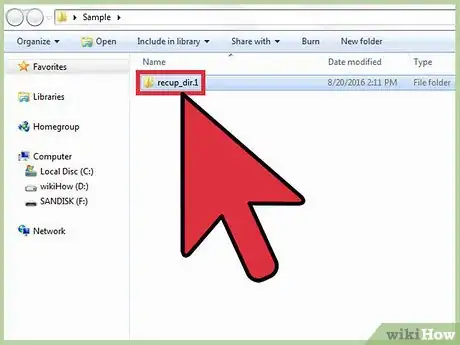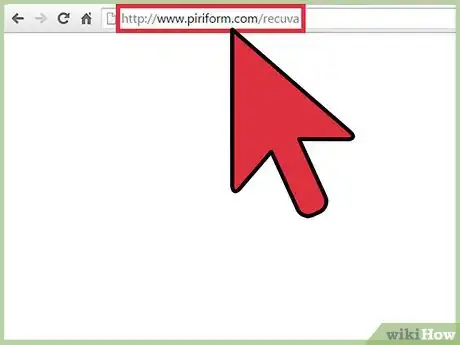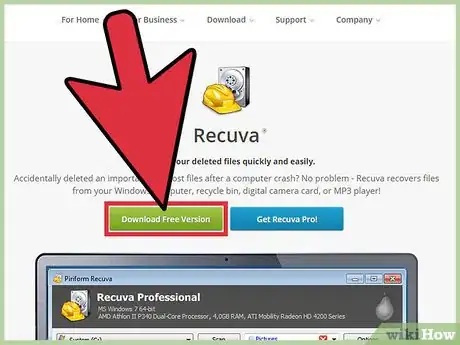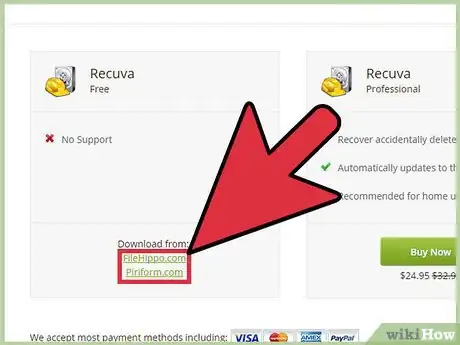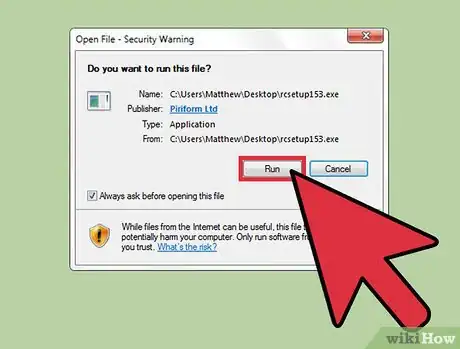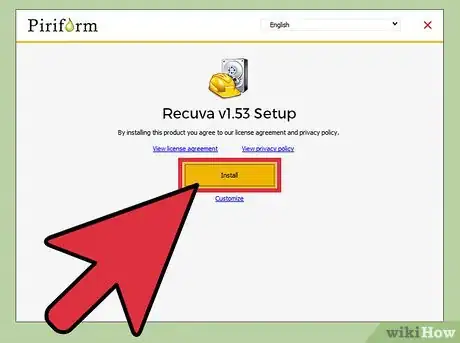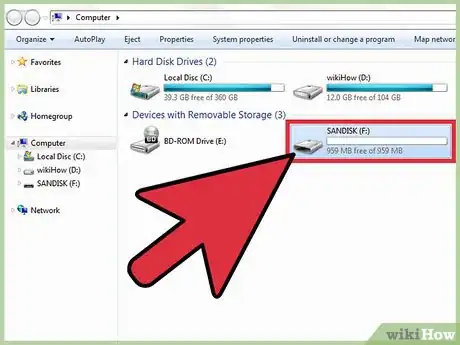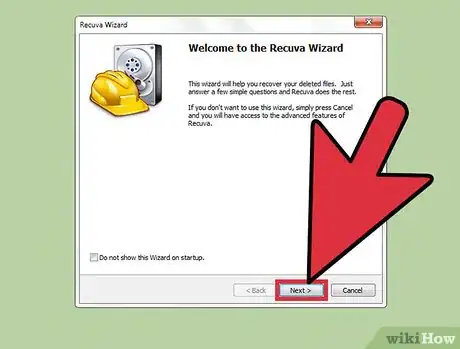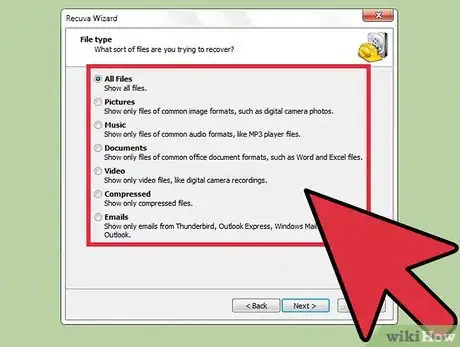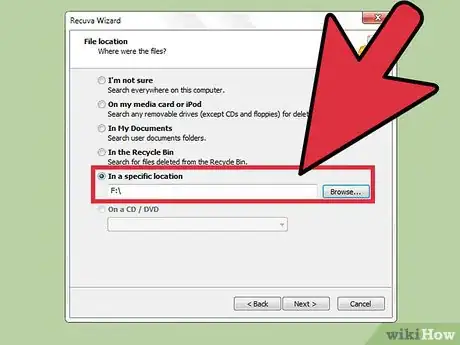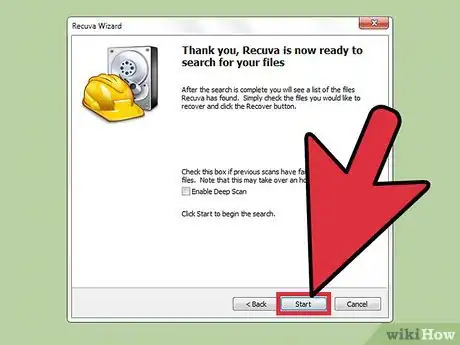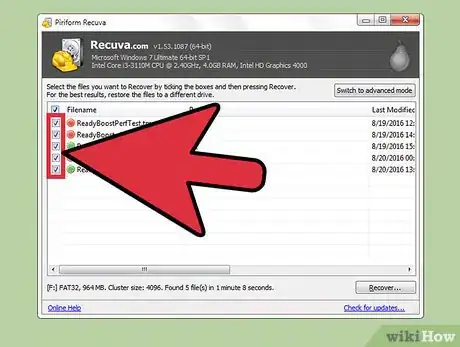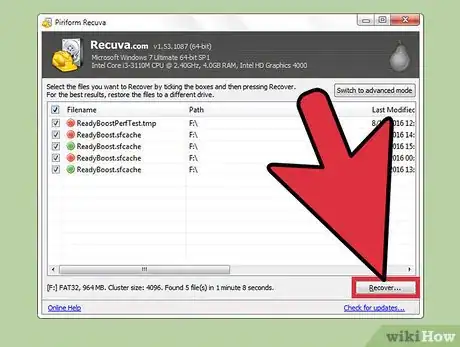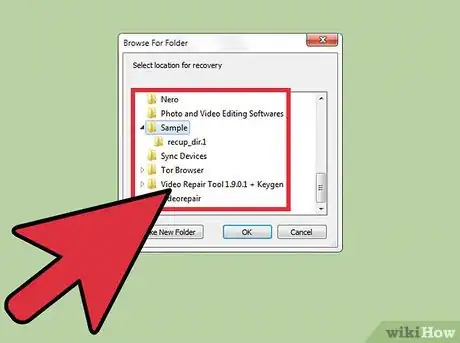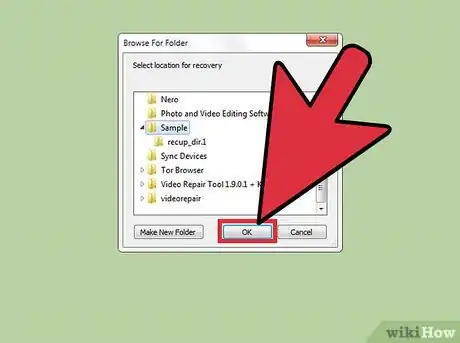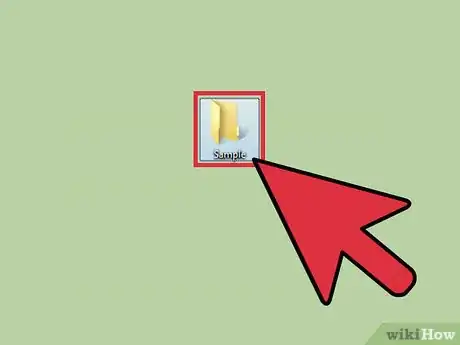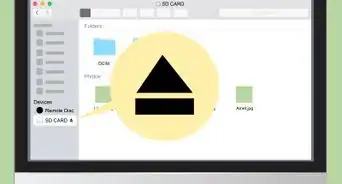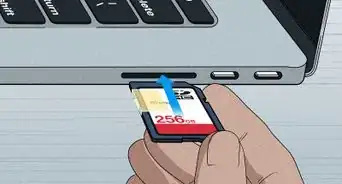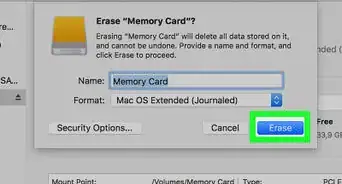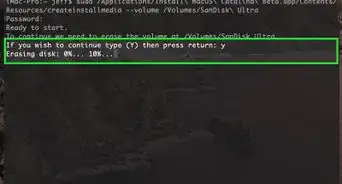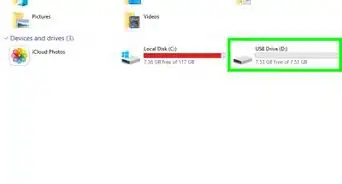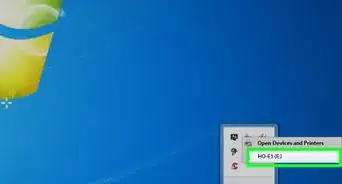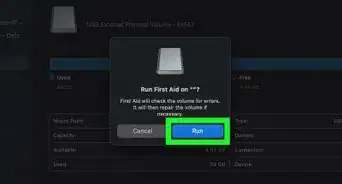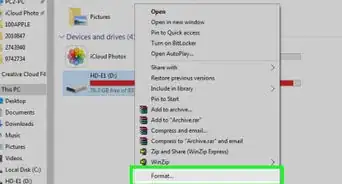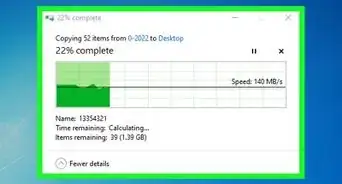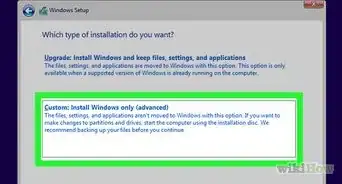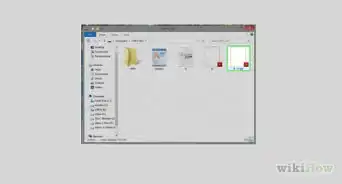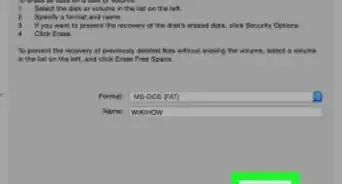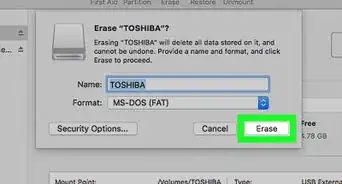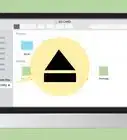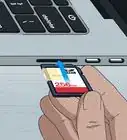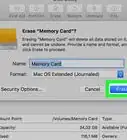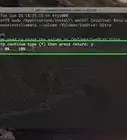This article was co-authored by wikiHow Staff. Our trained team of editors and researchers validate articles for accuracy and comprehensiveness. wikiHow's Content Management Team carefully monitors the work from our editorial staff to ensure that each article is backed by trusted research and meets our high quality standards.
There are 7 references cited in this article, which can be found at the bottom of the page.
The wikiHow Tech Team also followed the article's instructions and verified that they work.
This article has been viewed 649,108 times.
Learn more...
SD, or Secure Digital, cards are used to store and transfer information between digital cameras, mobile phones, Personal Digital Assistants (PDAs), and even small computers. Occasionally the cards crash or the user mistakenly deletes data. If this happens to you, you can use a free file recovery program to restore the deleted files.
Steps
Using PhotoRec for Mac and Windows
-
1Navigate to the PhotoRec Wiki or click | here.
-
2Locate the “Latest Stable Version” box and click “7.0”. This box is located in the upper right-hand corner of the page.[1]Advertisement
-
3Scroll down to “TestDisk & PhotoRec 7.0” and click on the version compatible with your computer.[2]
-
4Download the zip file to your desktop.
-
5Double click on the file to unzip it.[3]
-
6Insert your SD card into your computer.
-
7Click on the “testdisk7.0” file to open it.
-
8Double-click on the “Photorec” file to open the program. A terminal window will open up with the PhotoRec 7.0 program.
- If prompted, grant permission to run the program.[4]
-
9Select your SD Card, or drive, and press ↵ Enter. Since your mouse will not work in terminal, you must use your keyboard’s up and down arrow keys.
- You may be presented with multiple options on this screen. Note the size of each drive listed and choose the drive that is the same size as your SD card.[5]
-
10Select the partition type and press ↵ Enter. Mac users choose “P Fat16 >32”. Windows users pick “P Fat32”. This will allow the program to scan the camera’s established directory system.[6]
-
11Select the filesystem type “[Other]” and then press ↵ Enter.
-
12Select “Free” to search for files in Fat16 or Fat32.
- Only choose “Whole” if you believe your SD card is corrupted.
-
13Use the arrow keys to choose a location to store the recovered files.
- You may create a folder at this time for the recovered files.
- Do not save the files to the SD card.
-
14Press C once the location is correct. The recovery process will start automatically.
-
15Wait for the recovery process to finish.
-
16Navigate to the location you selected in step 13 to view your recovered files.[7]
Using Recuva for Windows
-
1Navigate to Recuva’s homepage or click | here.
-
2Select “Download Free Version” followed by “Free Download”.[8]
-
3Click “FreeHippo.com” or “Piriform.com”. You will be taken to either website and the download will start automatically.[9]
-
4Click on the downloaded file at the base of the webpage to open it.[10]
-
5Select “Run”.
-
6Install Recuva. To install this software on your computer, follow these steps:
- Click “Ok”.
- Click “Next”.
- Read through the License Agreement and select “I Agree”.
- Click “Install”.
- Uncheck the box next to “View Release notes” and then click “Finish. The program will launch automatically.
-
7Insert the SD card into your computer. If prompted to format the SD card, check the box next to “Quick Format” and then click “Start”. This will erase the SD card’s table of contents and leave the data untouched.[11]
-
8Return to the Recuva program and click “Next” to proceed from the Welcome screen.[12]
-
9Select the type of file(s) you would like the program to recover then click “Next”.
-
10Select your SD Card as the file location. Choose “In a specific location” and then click “Browse”. Scroll through the list and select “Removable Disk”. Select the “DCIM” folder if needed. Click “Ok” followed by “Next”.
-
11Click “Start” to run the program. As the program recovers files, they will appear on the screen.
-
12Check the box beneath each file you would like to recover.
-
13Click “Recover”.
-
14Select a location to save the files and then click “Ok”. The files will be restored to the location you selected.
-
15Click “Ok” once the restoration process is complete.
-
16Navigate to the location you selected in step 14 to view your recovered files.[13]
Community Q&A
-
QuestionHow much does recovering files cost?
 Community AnswerThere are multiple levels that you can purchase, but all allow you unlimited recovering. Some programs are free, while some can cost you up to $60, if not more. Be very careful when choosing free programs; many of them often contain viruses that can infect your device!
Community AnswerThere are multiple levels that you can purchase, but all allow you unlimited recovering. Some programs are free, while some can cost you up to $60, if not more. Be very careful when choosing free programs; many of them often contain viruses that can infect your device! -
QuestionCan deleted pictures from a specific date be recovered?
 Community AnswerYes, if they aren't overwritten. If it happened on your phone or anything else not running Windows, than turn off your device immediately, since Android and Apple's iPhones, iPads, etc. tend to delete the stuff completely in a matter of hours, while Windows only tends to mark the data as non-existing, essentially as empty storage space. There are recovery tools of all sorts, ranging from expert machines, to free programs, but it is best to use the advice from your "mechanic," since they have the equipment, or know someone trustworthy who does.
Community AnswerYes, if they aren't overwritten. If it happened on your phone or anything else not running Windows, than turn off your device immediately, since Android and Apple's iPhones, iPads, etc. tend to delete the stuff completely in a matter of hours, while Windows only tends to mark the data as non-existing, essentially as empty storage space. There are recovery tools of all sorts, ranging from expert machines, to free programs, but it is best to use the advice from your "mechanic," since they have the equipment, or know someone trustworthy who does.
Warnings
- Improper removal of SD card may corrupt the data.⧼thumbs_response⧽
- Double check the PC you are going to connect your SD card for virus/malware or any other suspicious programs.⧼thumbs_response⧽
References
- ↑ http://www.cgsecurity.org/wiki/PhotoRec_Step_By_Step
- ↑ http://www.cgsecurity.org/wiki/TestDisk_Download
- ↑ https://www.youtube.com/watch?v=z5LU_hSL3C4
- ↑ https://www.youtube.com/watch?v=z5LU_hSL3C4
- ↑ http://www.cnet.com/how-to/how-to-recover-deleted-photos-from-a-memory-card/
- ↑ http://www.cnet.com/how-to/how-to-recover-deleted-photos-from-a-memory-card/
- ↑ https://www.youtube.com/watch?v=JzmEY9opx9o
- ↑ http://www.piriform.com/recuva/download
- ↑ http://www.piriform.com/recuva/download
About This Article
1. Install TestDisk & PhotoRec.
2. Insert the SD card.
3. Run Photorec.
4. Select the SD card.
5. Select the partition.
6. Select Other as the file system.
7. Select Free to search for all files.
8. Select a restore location.
9. Press C.
10. Browse to the directory to view files.
